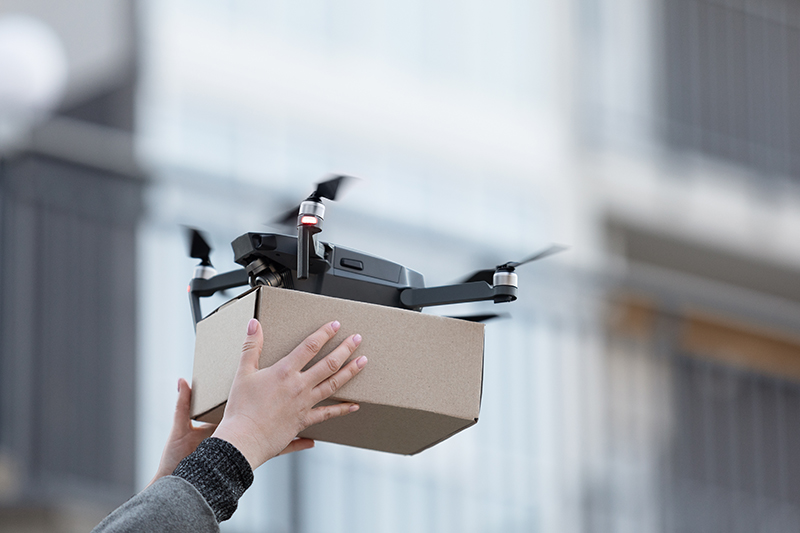The world of aviation is on the brink of a revolution. The skies above the United States, known for their storied history of aviation achievements, are witnessing the dawn of a new era—autonomous aviation. From cargo drones to air taxis, autonomous aircraft are taking flight, and their impact promises to be nothing short of transformative. In this blog, we explore the exciting developments in autonomous aviation in the United States and what they mean for the future of air travel.
Autonomous Aircraft: A New Frontier
Autonomous aviation, also known as unmanned aviation, encompasses a wide range of aircraft that can operate without direct human intervention. These autonomous vehicles can serve various purposes, from cargo transport to passenger flights, and their potential is nothing short of remarkable.
Cargo Drones: The Future of Logistics
One of the most promising applications of autonomous aviation in the United States is cargo drones. E-commerce giants and delivery services are eagerly embracing these unmanned aerial vehicles to revolutionize logistics. Autonomous cargo drones promise faster and more efficient deliveries, reducing the strain on traditional ground-based delivery networks.
Urban Air Mobility (UAM): Air Taxis for All
Imagine a future where you can summon an air taxi with the push of a button on your smartphone. This is the promise of UAM, which aims to provide efficient and convenient short-distance air transportation within urban areas. Companies like Uber and Joby Aviation are working tirelessly to make this vision a reality.
Emergency Response and Humanitarian Aid
Autonomous aircraft are also proving invaluable in emergency response and humanitarian aid efforts. Unmanned aerial vehicles can rapidly deliver medical supplies, food, and other essential items to disaster-stricken areas, providing a lifeline to those in need.
Challenges and Regulatory Frameworks
The growth of autonomous aviation is not without its challenges. Regulatory bodies like the Federal Aviation Administration (FAA) are actively working to establish guidelines and safety measures for unmanned aircraft. Ensuring the safe integration of autonomous aircraft into the national airspace is paramount to their continued growth.
Environmental Benefits
Autonomous aviation also holds the potential to be more environmentally friendly. Electric and hybrid propulsion systems can significantly reduce the carbon footprint of air travel, making autonomous aircraft an attractive option for those concerned about the environment.
The Future Takes Flight
As autonomous aviation in the United States continues to gain momentum, the future of air travel looks increasingly exciting. With cargo drones revolutionizing logistics, air taxis transforming urban transportation, and unmanned aircraft aiding in emergency response efforts, the potential of autonomous aviation is boundless.
The United States, known for its aviation innovation, is well-positioned to lead the world in autonomous aviation technology. As we look to the future, the skies above us hold the promise of greater efficiency, accessibility, and sustainability. Autonomous aviation is not just a dream—it’s a reality that’s taking flight.






